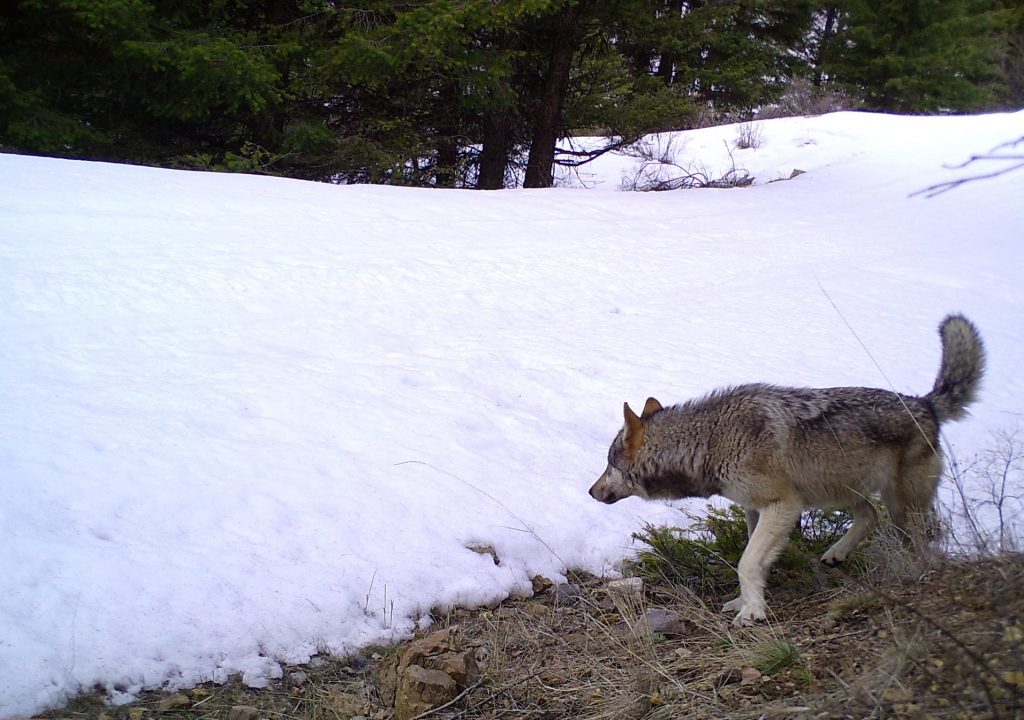
INWC Pushes Back On Call To Relist Wolves In Northern Rockies
A Spokane-based hunting and conservation organization is pushing back on national groups’ call to relist wolves in the Northern Rockies, including the eastern third of Washington, given recent moves by Montana and Idaho state politicians.

“We are sending this letter on behalf of our over 600 members from eastern Washington State asking that you deny the petition and allow states within the recovered zones to continue managing their wolf populations,” wrote Marie Neumiller, executive director of the Inland Northwest Wildlife Council, to Secretary of the Interior Deb Haaland today.
Neumiller argued that relisting could bring harm to other threatened species by failing to be able to manage wolf populations, would impact WDFW’s state management apparatus, and hurt public trust in the ESA system.
“(A)llowing special interest groups to use the ESA to enact their own personal motives, to the detriment of other regional animals, will severely erode public trust in the law,” she wrote.
Neumiller asked Haaland to trust state management plans instead.
“Doing so will protect the American model of conservation, protect animals that qualify under the Endangered Species Act, and will protect the delicate balance that exists in each individual ecosystem. We thank you for your time and careful consideration,” she stated.
Yesterday Haaland was sent an “emergency” request by the Center for Biological Diversity, the Humane Society of the United States and Sierra Club in response to lawmakers in Boise and Helena passing laws “to drastically reduce their wolf populations,” up to 90 percent in Idaho and 85 percent in Montana, according to the organizations.
Those three orgs and three others also sued the Trump Administration in January over the Lower 48 delisting, while CBD and others are asking the Biden Administration to restore it.
Some of the ways wolves can now be killed are turning the stomach of some hunters.
“When you talk about night hunting, open baiting, having multiple kills on a single license, it’s like there’s no respect for the animal,” Rod Bullis, a member of a family who has hunted Montana for three generations, told National Geographic in an article earlier this month. “To me, you have to have respect. Every time I get an elk, I say a prayer. I share it with my family. I’m thankful.”
Gray wolves were removed from the Endangered Species Act threatened list in May 2011 in Montana, Idaho and the eastern thirds of Washington, and then across the rest of both Northwest states and the Lower 48 early this year.
Staci Lehman, a WDFW spokeswoman in Spokane, maintains the agency continues to support the delisting and state management, and respects how other states decide to manage their wolf populations.
She said that reducing Idaho wolf numbers could impact a few animals living along the border. In my recollection, several Washington wolves have been legally harvested when they’ve wandered into Idaho, British Columbia and elsewhere.
Despite that, WDFW’s winter count of a minimum of 178 wolves across the state was up 24 percent over the previous year and its highest level yet.
